PPT-The worlds of the fifteenth century
Author : myesha-ticknor | Published Date : 2016-04-18
Section 1 Big Picture the Indigenous Womens Network in 1992 criticized Columbus citing the history of death slavery racism and exploitation that followed in the
Presentation Embed Code
Download Presentation
Download Presentation The PPT/PDF document "The worlds of the fifteenth century" is the property of its rightful owner. Permission is granted to download and print the materials on this website for personal, non-commercial use only, and to display it on your personal computer provided you do not modify the materials and that you retain all copyright notices contained in the materials. By downloading content from our website, you accept the terms of this agreement.
The worlds of the fifteenth century: Transcript
Download Rules Of Document
"The worlds of the fifteenth century"The content belongs to its owner. You may download and print it for personal use, without modification, and keep all copyright notices. By downloading, you agree to these terms.
Related Documents


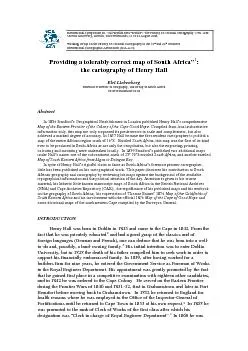
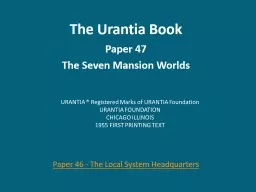
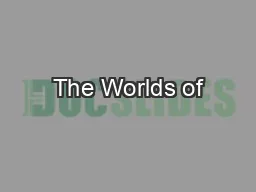
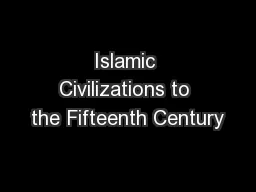
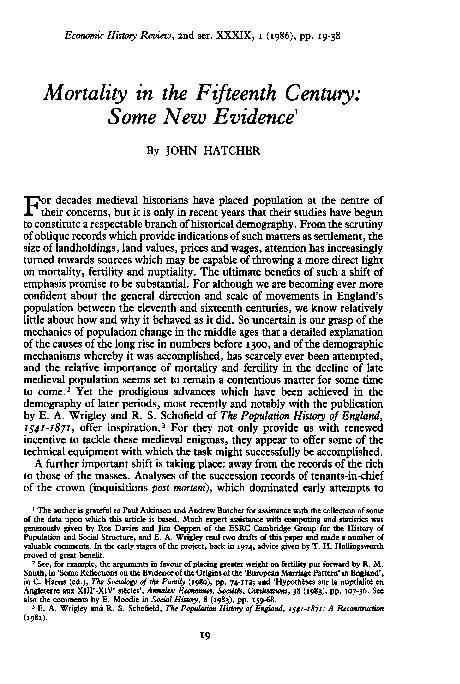
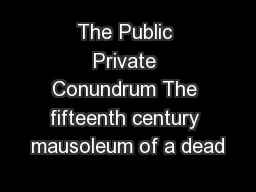
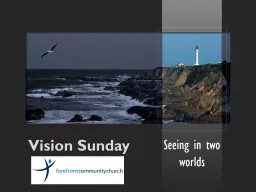
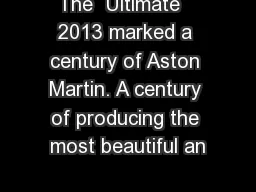
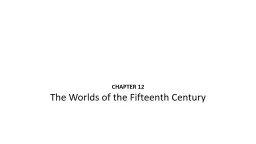
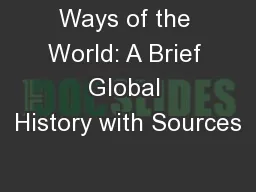
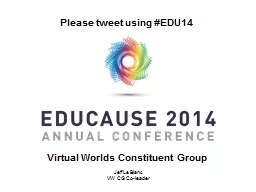
![[EBOOK]-Fra Mauro\'s Mappa Mundi and Fifteenth-Century Venice (TERRARUM ORBIS)](https://thumbs.docslides.com/956992/ebook-fra-mauro-s-mappa-mundi-and-fifteenth-century-venice-terrarum-orbis.jpg)
![[BOOK]-Fra Mauro\'s Mappa Mundi and Fifteenth-Century Venice (TERRARUM ORBIS)](https://thumbs.docslides.com/957912/book-fra-mauro-s-mappa-mundi-and-fifteenth-century-venice-terrarum-orbis.jpg)